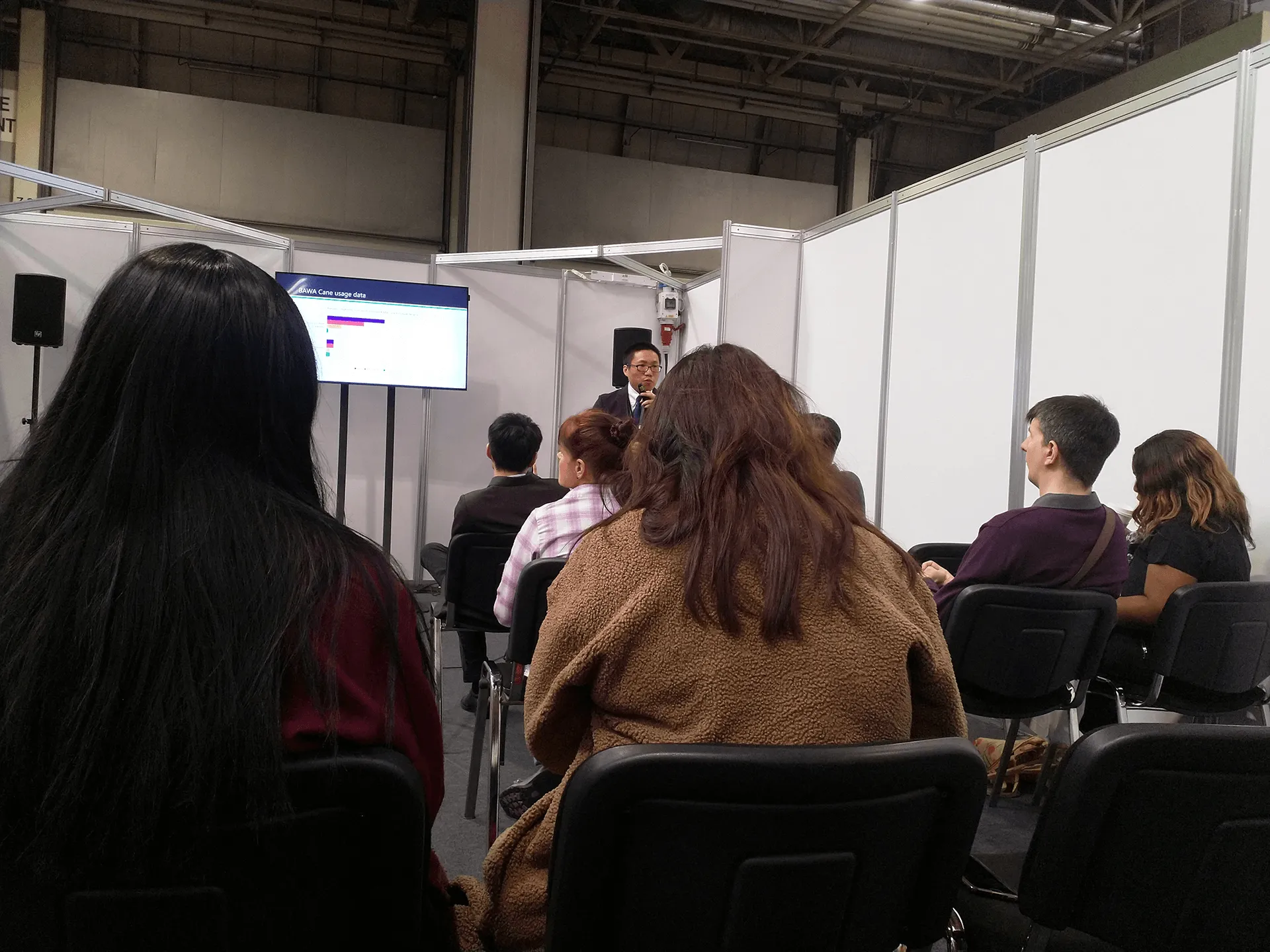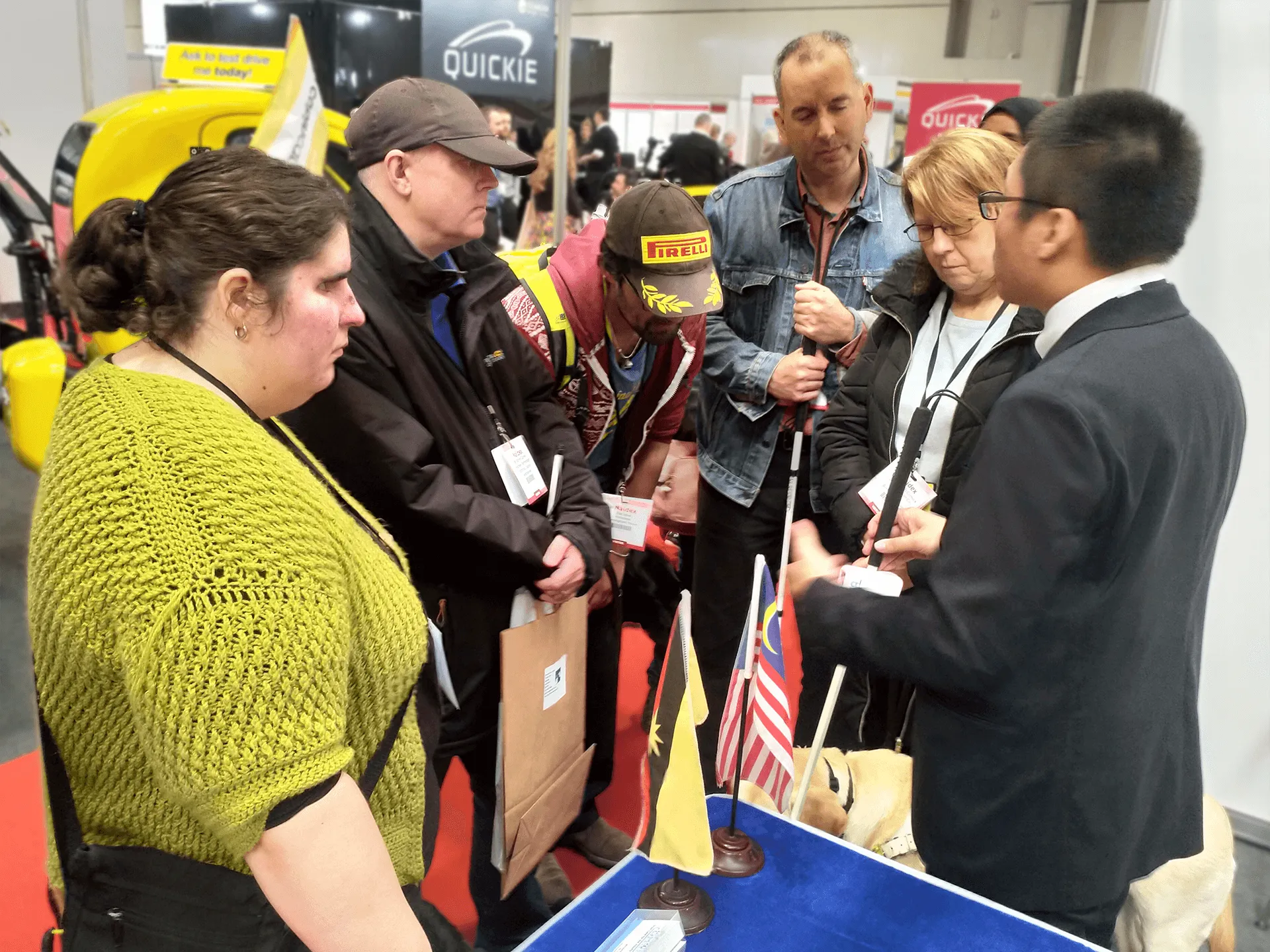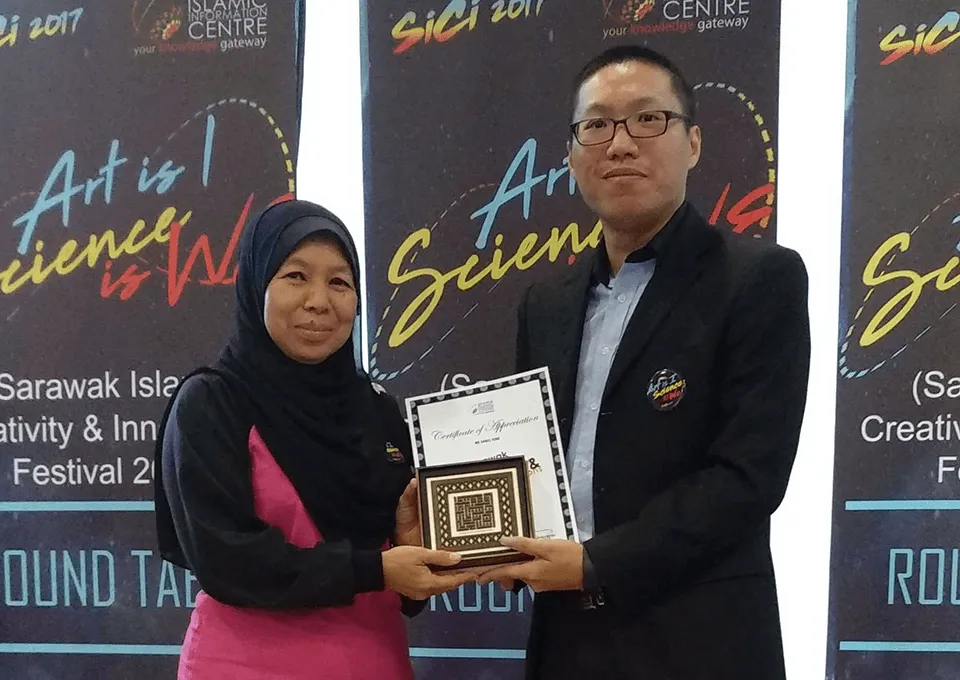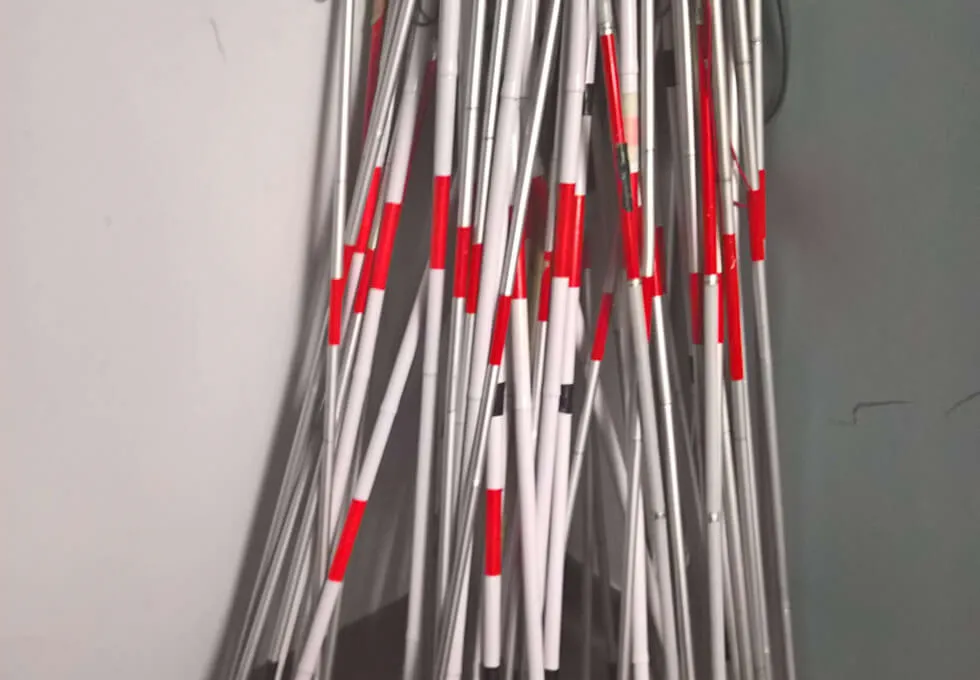Our late grandmother’s life was turned upside down as her vision worsens. We embarked on this assistive technology journey in the hope that she has a more positive and easygoing lifestyle. With this intention, we combined the computational power of the cloud, applications optimised for IoT devices or edge computing, and artificial intelligence (AI) to do just that. Today, through data analytics, we are empowering over 100 families to accomplish dreams and hearts’ desires.
Assistive technology is an umbrella term that includes assistive, adaptive, and rehabilitative item, equipment, software system, or product for people with disabilities or elderly population that enables greater independence to perform daily activities.
According to WHO, due to lack of awareness, availability, trained personnel, policy, and financing, only 1 in 10 people have access to the assistive technology they need1. To put things differently, more than 1 billion people need some form of assistive technology today. With the growing and ageing of the population, researches extrapolate that more than 2 billion people will need at least 1 assistive product by 2030, with many older people needing 2 or more. Above all, assistive technology is a huge business opportunity alongside social impact.

Accessibility is a right
By having access to the right assistive product, people with disabilities have an opportunity of a more positive and easygoing lifestyle, with an increase in social participation, security and control, and a greater chance to accomplish dreams and hearts’ desires. Moreover, assistive technology positively impacts the health and well-being of a person and their family, as well as broader socioeconomic benefits.
However, what does ‘right’ assistive product really means? At the same time, how might we increase social participation even before establishing our products and services? Similarly, how might we contribute to the broader socio-economy?
People with disability have invaluable insights about their disability and situation but oftentimes excluded from decision-making processes about issues that directly affect their lives. Here in our partnership, we actively involved our tester group in all stages of formulating and implementing our products and services that relate to them. That is to say, BAWA Cane is proudly made by the blind, for the blind.

Data analytics shaped BAWA Cane
Assistive technology is not limited to physical hardware but software as well.
BAWA Cane mobile application allows personalisation and customisation to their BAWA Cane. In addition, it enables our team to collect sensor data or device telemetry. In general sense, this time series data is what made raw sensor data become valuable, actionable analytics.
From the many sensor data that we collected, one of which is BAWA Cane usage data. BAWA Cane usage data, as agreed by our users, includes information about the duration BAWA Cane is switched on. To put things differently, information about what actions end users performs most, detection of bugs and issues, and offering us better visibility into the performance without the need to solicit feedback directly from users. Regardless, our team still has face-to-face time with our tester group to cross-reference user experience to data gathered and analysed.
Initially, in our earliest prototype versions, we thought by having larger battery capacity would equate to longer usage time. In reality, it is the lowest we ever clocked. In light of the bulkiness and heaviness, our team, through data analytics and user feedback, found a sweet spot for battery capacity and size to usage time.
Now, having found the compromise between battery size and battery life, designing a smaller, more elegant enclosure is possible. Again, this is just one of the many improvements made to BAWA Cane from insight. Together with data analytics and invaluable user insights, let’s change lives.
Sources:
1. Assistive technology fact sheet, link.
Tech Talk
Transforming Sarawak through IoT
Tech Talk
Transforming Sarawak through 3D Printing
Facts and Guide
How to pick the correct length of a white cane?



